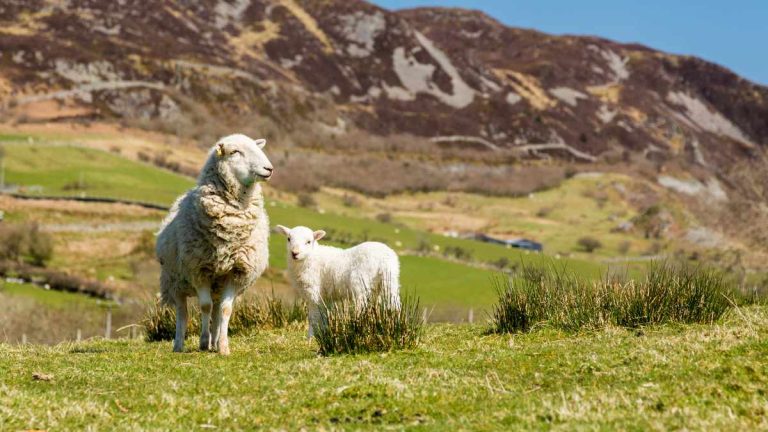The future of the Welsh beef industry is facing a serious challenge as new data reveals a significant decline in cattle supply. Figures from the British Cattle Movement Service (BCMS) indicate that calf registrations in Wales during the first half of 2024 have dropped by over 10,000 compared to the same period in 2023. This marks a four per cent reduction year-on-year, with only 213,200 calf registrations recorded.
This latest figure is a worrying sign for the industry, representing the lowest number of half-year calf registrations seen in several years. In 2021, nearly 230,000 calves were registered during the same period, showing a concerning downward trend. Glesni Phillips, Intelligence, Analysis & Business Insight Executive at Hybu Cig Cymru (HCC), expressed alarm at the figures, noting that “as cattle numbers in key age brackets fall, there are serious concerns around the critical mass needed to promote and maintain industry stability.”
Declining Calf Registrations Across Britain
The decline in Welsh calf registrations mirrors a broader trend seen across Britain. English registrations are down by four per cent, while Scotland has seen a two per cent decrease. This decline in numbers is likely to have a knock-on effect on future beef production. According to the BCMS data, the number of calves that could be available for beef production has fallen to 173,600, the lowest level in several years.
While some beef females will be retained for breeding, the overall figure is four per cent lower than during the first half of 2023. This reduction – a loss of around 7,400 calves – is expected to have significant long-term implications for beef supply in Wales, potentially creating challenges for farmers and the wider industry.
Future Challenges For Welsh Beef Supply
The latest figures from HCC’s Market Bulletin provide further insights into the current situation. Although the supply of cattle aged 12–30 months is expected to remain relatively stable across Great Britain in the short term, there are concerns for the future. The number of cattle in the 0–12-month age bracket has decreased by four per cent, indicating that beef supplies may be constrained in the coming years.
The decline in dairy calf registrations in Wales has also contributed to the overall drop in calf numbers. Female dairy calf registrations fell by six per cent in the first half of 2024 compared to the same period in 2023, while male dairy calf numbers were down by 14 per cent. This resulted in an overall decline of eight per cent, or 5,100 calves, in dairy calf registrations.
Beef calf registrations have also suffered, with a three per cent drop equating to around 4,600 calves. The total number of beef calf registrations for the first half of 2024 stands at nearly 158,100, two per cent lower than in 2022 and the lowest figure since 2019.
Changing Trends In Welsh Beef and Dairy
Interestingly, the gender distribution of beef calves has remained stable, and beef registrations now make up 74 per cent of total calf registrations in Wales, an increase from 70 per cent in 2021. This shift from dairy to beef may influence the future dynamics of the Welsh herd, but the overall reduction in calf numbers is a concern for the industry’s sustainability.
As farmers and industry experts assess these figures, there is growing uncertainty over how the Welsh beef industry will cope with the shrinking supply. If this trend continues, the future of beef production in Wales could face significant challenges.

